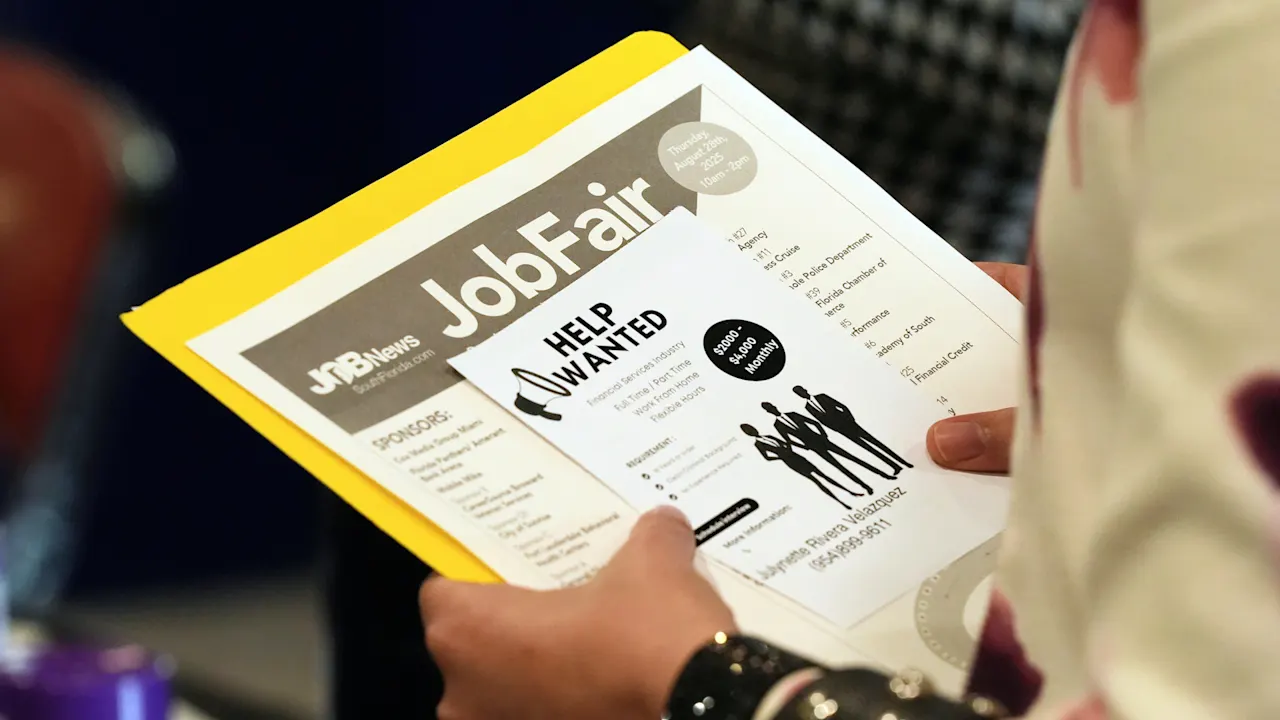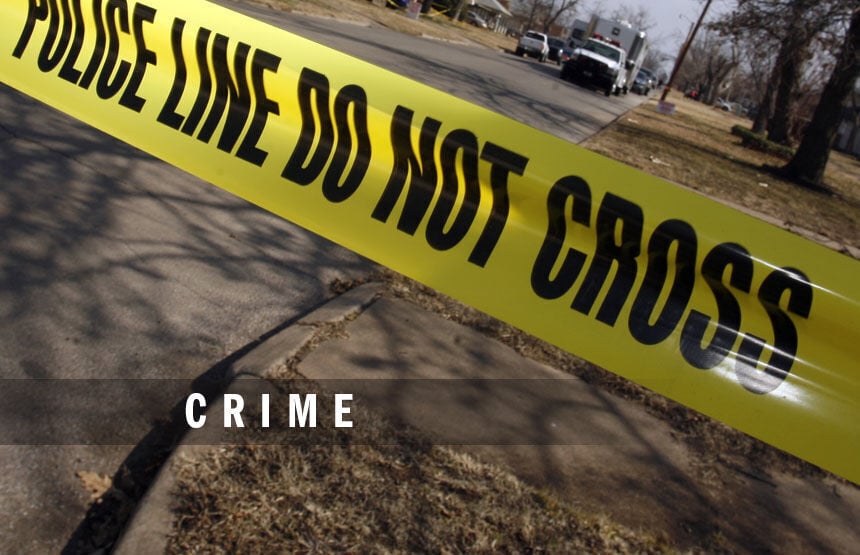In the final days of Joe Biden’s presidency, a set of sweeping clemency orders—signed by autopen—freed thousands of federal prisoners. Justice Department officials, who had warned the White House about problems with the paperwork, were then forced to decipher pardons they now call legally flawed.
Biden ignored DOJ warnings over legally flawed autopen pardons
Key Takeaways:
- Biden signed mass clemency orders with an autopen in his closing days in office.
- Senior Justice Department officials had cautioned the White House about legal shortcomings beforehand.
- The orders affected “thousands of federal convicts,” according to internal assessments.
- After the documents were issued, officials “scrambled” to interpret their reach and validity.
- DOJ leaders accused the White House of overstating what the pardons actually accomplished.
The Autopen Decision
In the waning hours of Joe Biden’s term, a mechanical autograph set off a political and legal tremor. The president approved sweeping clemency orders “for thousands of federal convicts,” relying on an autopen rather than a hand-signed signature. Senior Justice Department officials say they had already warned the White House that the documents, as drafted, could be “legally flawed.” Their advice was ignored.
Thousands Affected
The scale was unprecedented. By the Justice Department’s count, the orders applied to “thousands” of prisoners across the federal system—an attempt at rapid decarceration that left career attorneys poring over case files to determine who, exactly, qualified for release and under what conditions.
Scramble at Justice
“Senior Justice Department officials were left scrambling to interpret” the clemency directives once they landed, according to an internal account. Without clear language, prosecutors and corrections officials struggled to reconcile the orders with existing sentences, parole requirements and restitution agreements.
Competing Narratives
While department lawyers wrestled with the fine print, the White House offered a far more sweeping story line, portraying the move as a decisive act of mercy. Justice officials, however, “chastised the White House for falsely portraying the releases,” arguing that the public narrative overstated both the legality and the immediate impact of the pardons.
Unanswered Questions
Weeks after the autopen delivered its final stroke, fundamental questions linger. Are the orders valid in their current form? Do they cover every inmate the administration announced? And who bears responsibility for any legal misfires? For now, what began as a push for compassionate release has evolved into an institutional test of how far a presidential signature—mechanical or not—can really go.











